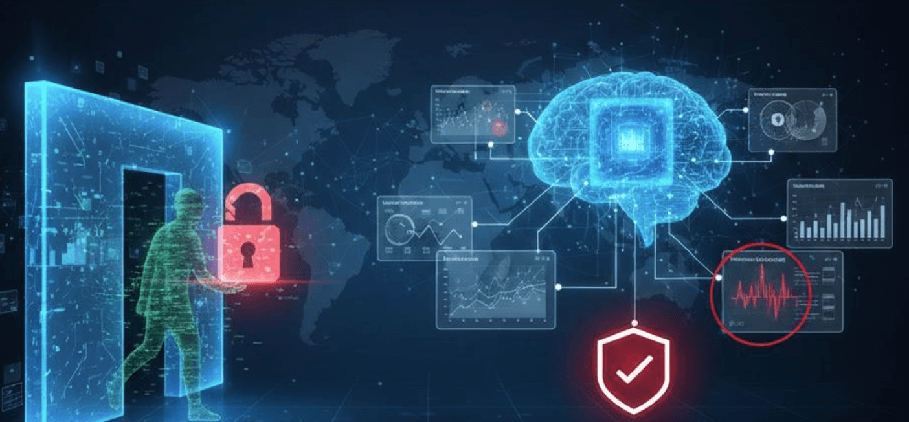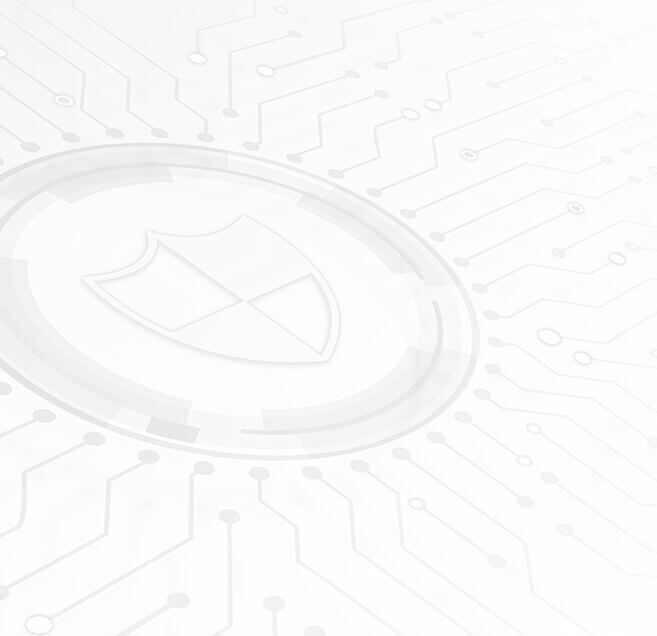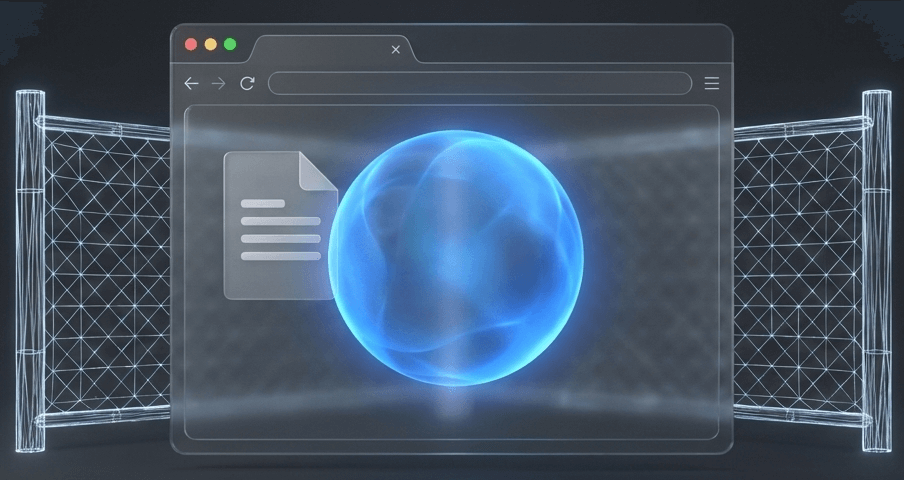
In this article, we take a look at how the threat of ransomware appears to loom larger than ever. Organisations, from small businesses to multinational corporations, all need to consider this threat as real and present. We dig into how human expertise is being boosted by the predictive power of AI and how this could benefit our partners.
How ransomware attacks are evolving…
Traditionally, cyber security focuses on defending the perimeter, with robust firewalls and filtering malicious content and emails, but the ransomware attackers of today are far more sophisticated and exploit what appears to be legitimate access points.
If a cybercriminal gains access to an employee’s credentials, whether through a phishing scam or a compromised third-party service they get the “keys to the kingdom,”. Now they can log into your network, move laterally, escalate privileges, and quietly deploy their ransomware payload. This is all while appearing, on the surface, to be a legitimate user. By the time the ransomware encrypts critical data and demands a hefty payment, it’s often too late.
Recent examples like that at JLR 🔗 put estimated costs in the billions of pounds, a staggering impact which could all have started with ransomware.
How is traditional security limited?
Traditional security systems are excellent at detecting known threats, whether that be signatures of malware, specific IP addresses, or suspicious file types. But where they struggle is in the unknown, the polymorphic nature of new ransomware strains, and the subtle, human-like activity of a threat actor using stolen credentials. They often miss the crucial early warning signs because the activity looks normal to a rule-based system.
How can AI behavioural analysis help?
AI-powered behavioural analysis can be used to step in to enhance defence strategies. Instead of just looking for known threats, AI observes and learns the “normal” behaviour patterns of every user and entity within your network. It establishes a baseline, for example how often an employee accesses certain files, from which locations, at what times, and with which applications.
Consider compromised credentials, a traditional system might see a valid login. But AI behavioural analysis, like that offered by SentinelOne 🔗 and deployed by Mondas, goes deeper in the following ways:
- Subtle Deviations: Is this user logging in from an unusual location? Are they accessing files they’ve never touched before? Are they trying to elevate privileges in an unprecedented way? Are they initiating commands atypical for their role?
- Contextual Understanding: AI goes beyond just flagging an isolated event; it understands the sequence and context of actions. A single unusual login might be innocent, but a login followed by rapid access to critical servers and attempts to disable security features could be a pattern that means ransomware.
- Early Warning, Early Intervention: By spotting these subtle, yet critical, deviations from normal activity, AI can raise an alert before the ransomware is fully deployed. This provides your security team with invaluable time to investigate, isolate the threat, and prevent the attack from being executed.
Exploring tools to identify indicators of attack
Mondas partners with SentinelOne 🔗, a leading platform that leverages AI behavioural analysis to provide unparalleled protection. SentinelOne relies on both a pre-defined set of rules and, importantly, it continuously learns from global data, identifying common indicators of attack (IOAs) from thousands of organisations worldwide. This means its AI is constantly evolving, adapting, and becoming smarter in identifying the nuanced precursors to a ransomware attack.
It’s about moving beyond simply blocking known bad actors to understanding and identifying genuinely malicious behaviour, regardless of whether the initial access was “legitimate.”
How can you stop ransomware before it’s executed?
In the fight against ransomware, prevention is always better than cure. Waiting for the encryption to begin means you’re already in a reactive, costly, and potentially devastating situation. By implementing AI behavioural analysis, you gain a more proactive defence, reduced attack surface and enhanced resilience. Ultimately, Mondas aims to minimise downtime and data loss by preventing ransomware execution in the first place.
Don’t let your organisation become another ransomware statistic. It’s time to look beyond the firewall and empower your best defence. Get in touch today to explore whether Mondas could support your journey in protection against ransomware threats.





